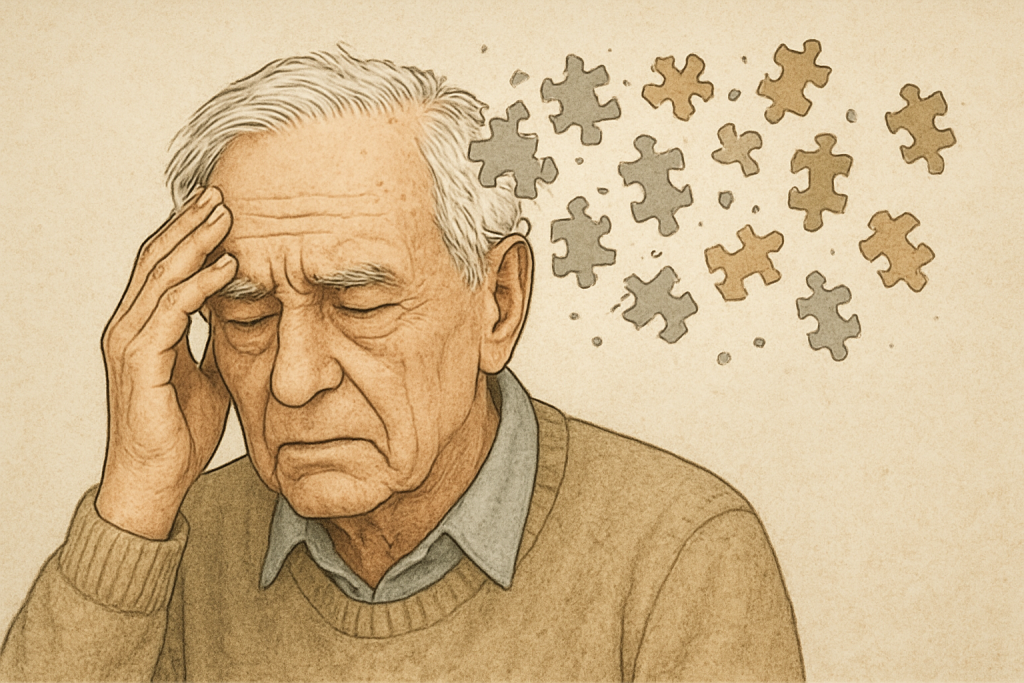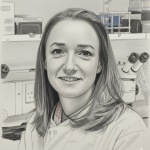World Alzheimer’s Day
Alzheimer’s disease is the most common form of dementia and a leading cause of death in the UK. The global impact is staggering; projections suggest that by 2050, 153 million people worldwide will be affected, with an estimated cost of $16.9 trillion. This immense financial burden is largely due to the high and prolonged need for care, as there are currently no effective cures. The disease is characterised by a very long duration, with patients relying heavily on caregivers and professional helpers for years.
This disease was first described in 1906 by Dr. Alois Alzheimer, and while we still lack a cure, the pace of research and funding has been accelerating, bringing renewed hope.
The difficulty in finding a cure stems from the nature of the disease itself. The underlying cause—the accumulation of toxic proteins in the brain—begins several decades before any symptoms, like memory loss or cognitive decline, become apparent. By the time a patient is diagnosed in a clinic, the disease is already in a very advanced stage. Diagnosing and understanding the progression of Alzheimer’s is a complex task. Doctors can only truly examine the brain’s full state after death, forcing them to conduct what can be described as sophisticated detective work to infer what has happened over the decades leading up to a person’s death.
While the search for a cure continues, a significant and empowering message has emerged: we can take steps to reduce our risk.
A large-scale 2024 study published in the prestigious medical journal The Lancet suggests that up to 45% of Alzheimer’s risk factors are modifiable, meaning there are concrete actions we can take throughout our lives to protect our brains.
The study identified 14 key recommendations, highlighting the importance of prevention from an early age, including ensuring access to good quality education and engaging in cognitively stimulating activities throughout life to build a stronger “cognitive reserve.” It also emphasises the importance of managing key health metrics in mid-life, the most significant being lowering high LDL cholesterol and treating hearing loss by wearing hearing aids. Furthermore, the report underscores the importance of healthy lifestyle choices, from maintaining a healthy weight and exercising regularly to reducing cigarette smoking and high alcohol consumption. Later in life the, social and sensory health are also highlighted as significant factors, with the recommendations including reducing social isolation and reducing exposure to pollution. Fortunately, it seems that society is already making progress, with the age-standardised risk of developing dementia reportedly dropping by 13% every 10 years in the US and Europe. This is likely a result of increased awareness and better habits, demonstrating that the steps recommended by experts are already making a real, positive impact on public health. While Alzheimer’s remains a formidable challenge, the growing understanding of prevention gives us a powerful tool to drastically reduce our personal and societal risk.
Associate Professor at the Institute of Healthy Ageing at UCL . She completed her PhD with Paul Nurse at Cancer Research UK, studying cell polarity and microtubule dynamics in the yeast S. pombe. She continued investigating cell polarity at the Gurdon Institute in Cambridge with Daniel St. Johnston. She then took a 5-year career break to look after her two sons. In 2010 she resumed her scientific career by joining Linda Partridge's lab at UCL to work on Drosophila models of neurodegeneration and continued this work in Adrian Isaac's laboratory at the Dementia Research Institute UCL. Her laboratory currently uses fruit-fly models of dementia to understand how these disease develop, with the hope of helping the development of therapies aimed at increasing wellbeing of patients with disease.


